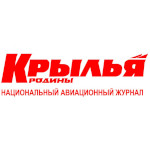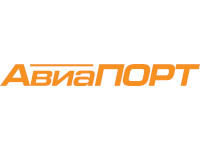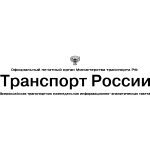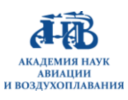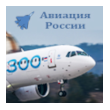HeliRussia 2017 Reaches New Heights
The 10th edition of HeliRussia opened on May 25, with a record 237 exhibitors from 21 countries. It drew 11,000 attendees over the event’s three days. Organizers claim the expo, held at in Moscow’s Crocus City Hall, has outgrown Helitech and become one of the largest shows specializing in rotorcraft, second in the world after Heli-Expo in the U.S.
The number of exhibitors has jumped by nearly 85 percent from the 129 that participated in the first HeliRussia expo in 2008. The original show drew from 10 countries, half the number of last week’s event. Roofed space has increased to encompass 12,500 sq m (134,489 sq ft) and operable exhibits to 22 helicopters, two gyrocopters and 15 UAVs.
This growth is in contrast to the decline in Russian Helicopters production, from the peak of 290 in 2012 down to 271 in 2014, 212 in 2015 and 198 in 2016. The backlog has dipped from 585 two years ago to 400. The manufacturer still claims a 14 percent share of the world’s market but is shy to reaffirm its original goal—set when Russian Helicopters was founded 10 years ago—of having a 20 percent share by the 2020-2025 time frame.
“Due to the decline in Ministry of Defence orders, we are paying increasing attention to promoting exports and encouraging civil production, while reshaping the industry for better fit to the new economic reality,” said Sergey Emelianov, director of the aviation department at Russia’s ministry for industry and trade. On the eve of HeliRussia 2017, the ministry announced additional measures to encourage sales of the Mi-38 and Ansat to commercial operators, including slashing lease rates for medical helicopters and compensations to operators for pilots’ type conversion expenditures, as well as funding for certification of certain export models destined for Chinese and (potential) Iranian customers.
Russia remains strong in superheavy (with the Mil Mi-26T2 in production and Advanced Heavy Lift in development jointly with China) and heavy rotorcraft (Kamov Ka-32, Mi-8/17 series and Mi-38), while struggling to win a niche in medium helicopters (with the Kazan Helicopters Ansat and Ka-226).
The country’s largest civilian rotorcraft operator, UTair, believes that over the next 20 years, the number of flight hours that local companies will log annually on 20- to 30-seat helicopters in commercial operations will remain above 100,000, thus putting them on a solid footing. Russian aviation authorities gave the grand total of all operations at 360,000 flight hours.
UTair CEO Andrei Martirosov told journalists that the company’s Mi-17 fleet has exceeded 100, and that it will continue replacing older Mi-8s with its more recent derivatives such as the Mi-171A2 with a glass cockpit and aerodynamically refined blades. At HeliRussia 2017, UTair signed an agreement with Russian Helicopters on initial commercial operations of that model.
Martirosov believes the persistent improvement of its best seller (Mi-8) is “the right way for Russian Helicopters, at a time when the global rotorcraft market suffers a serious decline.” He described the Mi-172A as “the grandson of the initial Mi-8” and “a very interesting project that is far more important than developing and inducting all-new designs.”
While keeping faith in the Mi-8 family, UTair has chosen Airbus Helicopters in the lighter segments. It operates 21 AS350/355/H135 “Ecureuil” family rotorcaft and is the first Russian customer for the H175. Airbus Helicopters says its Russian fleet numbers 210. The company claims a 48 percent share of the gas-turbine-powered rotorcraft of foreign make in the Russian civil fleet.
Leonardo reports about 56 helicopter deliveries to the region. Bell has teamed with Rostec on local production of the 407GSX. These three OEMs exhibited at HeliRussia 2017, while Sikorsky chose otherwise “considering the current geopolitical situation,” according to the organizers.




